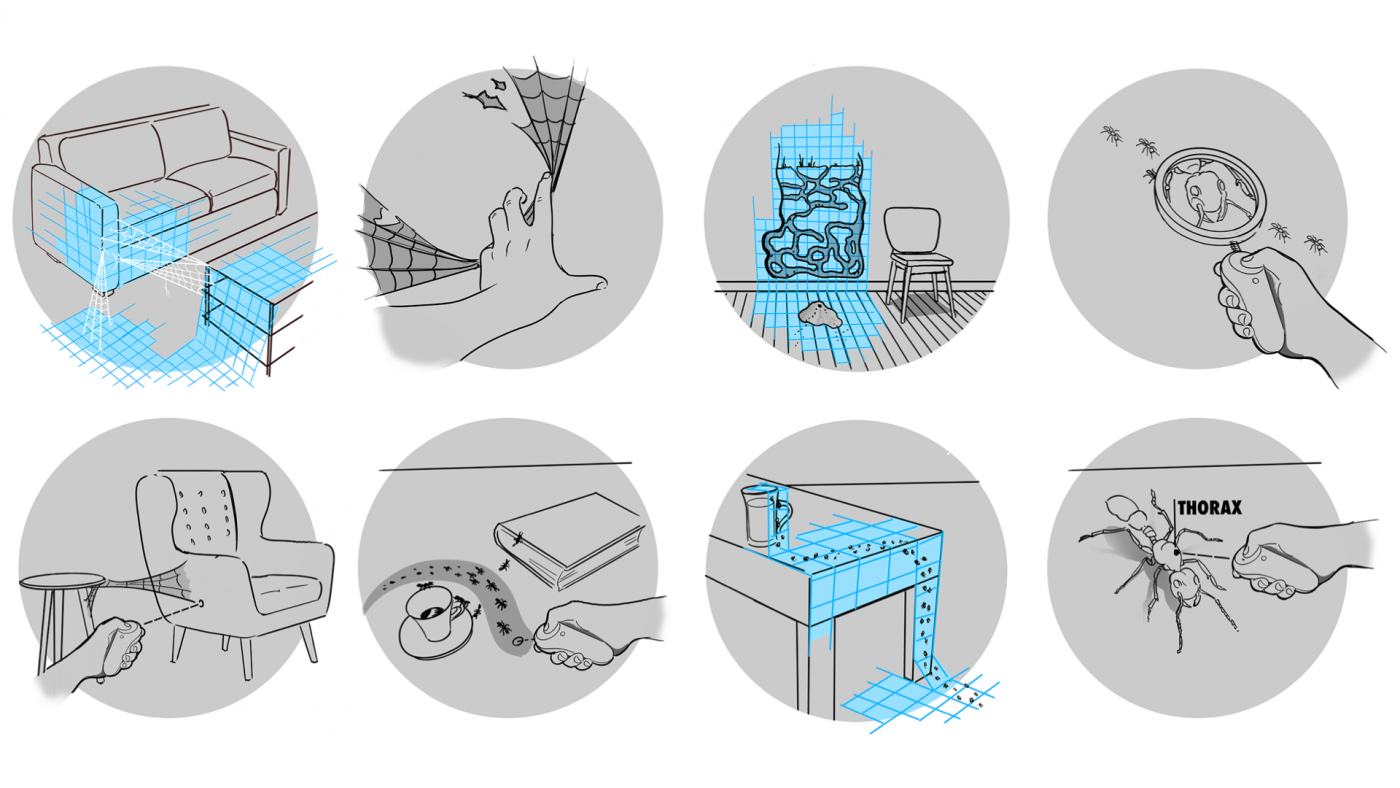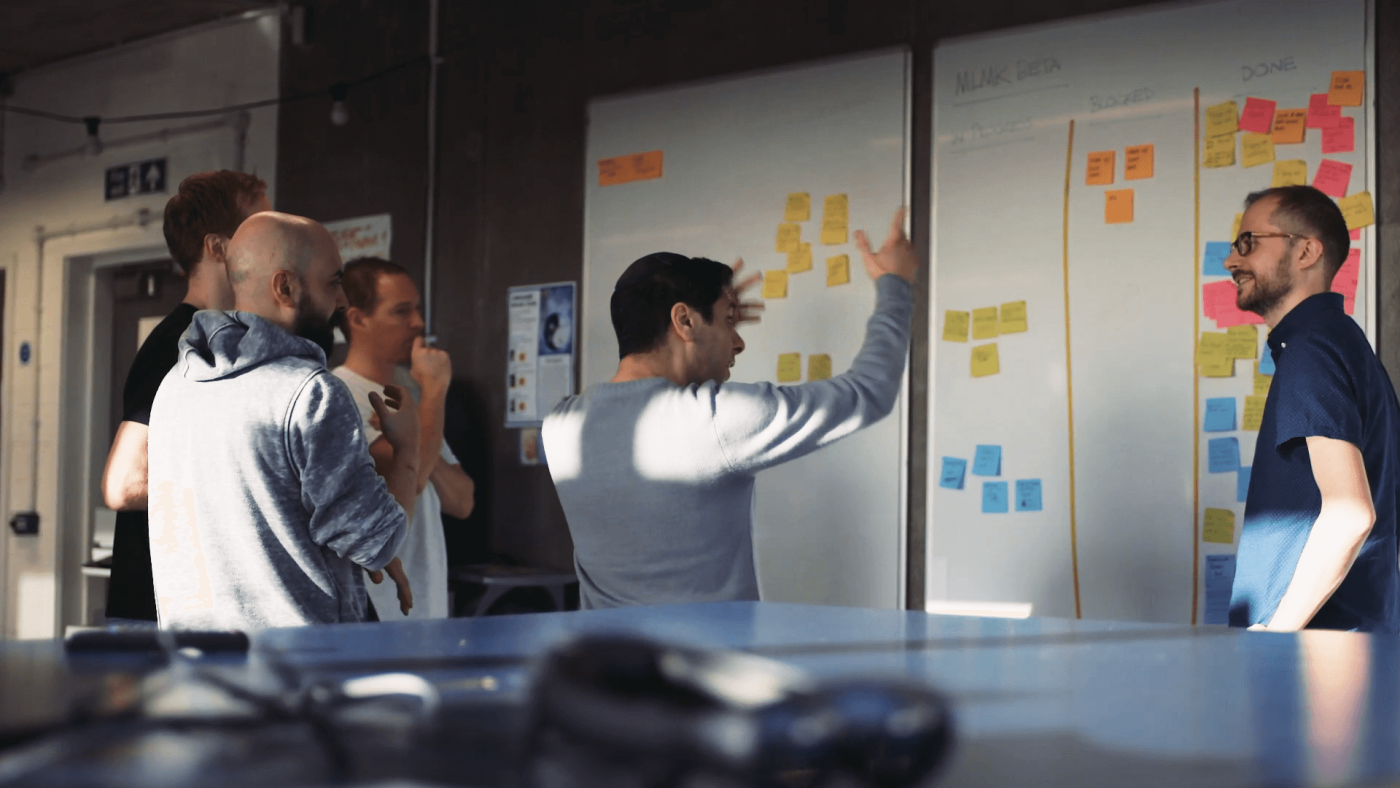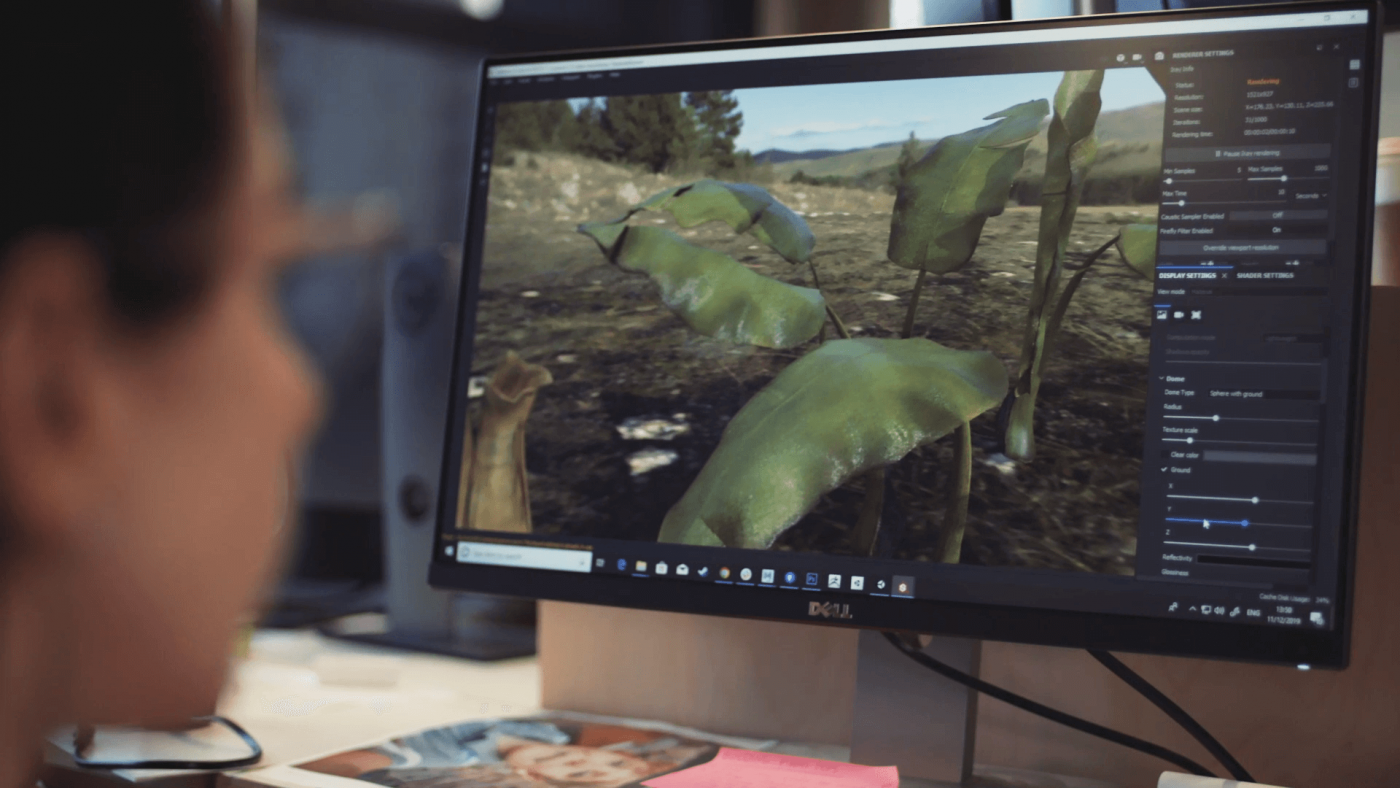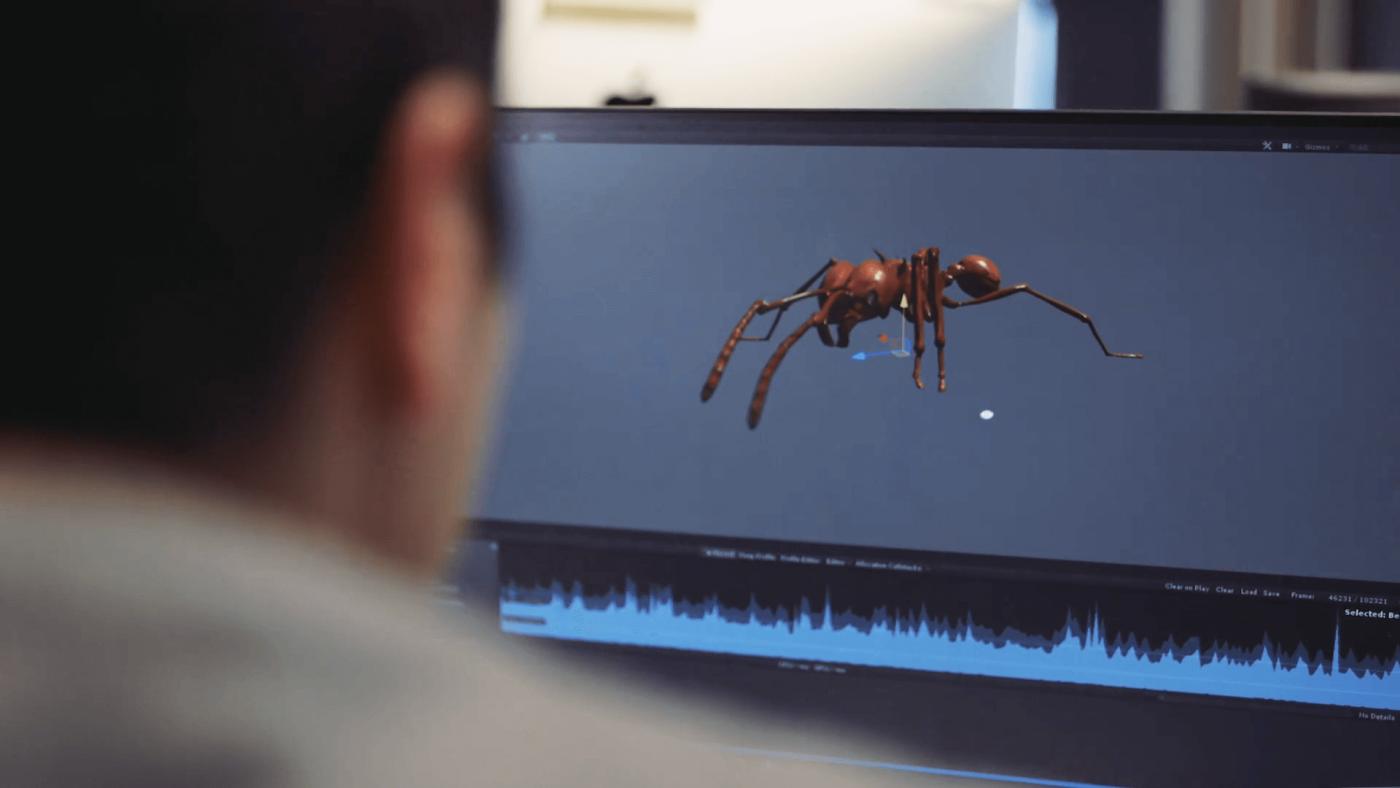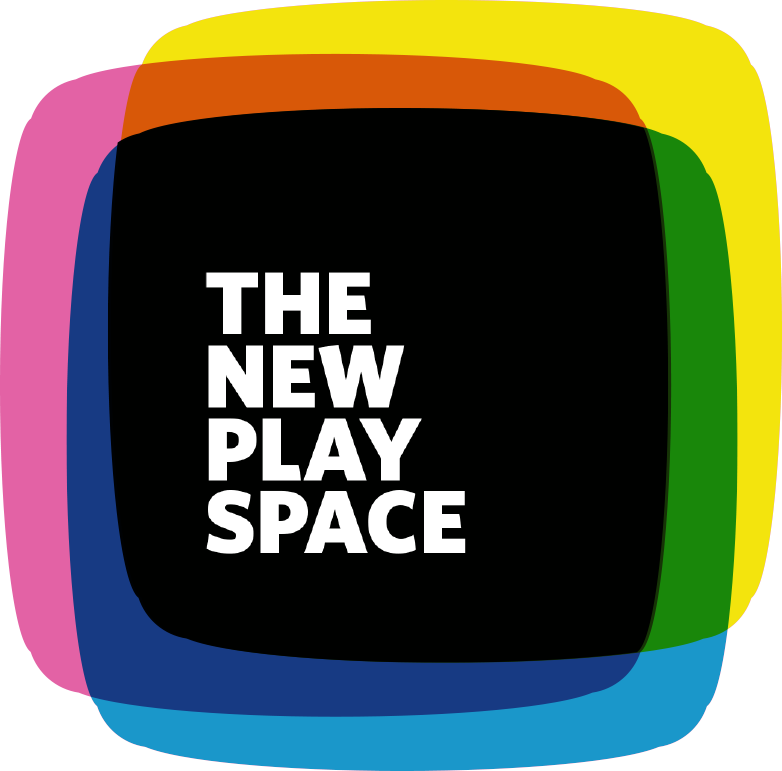Technologies such as Spatial Computing, Mixed Reality (MR) and Augmented Reality (AR) allow us to create experiences where digital and physical worlds fully interact with each other. This means we’re able to tell stories that understand the space you’re in, and then respond accordingly. It’s an incredible affordance that presents an interesting challenge – how do you create a meaningful experience for the audience when no two rooms are the same?
With BBC Earth – Micro Kingdoms: Senses, we set out to use Magic Leap’s spatial computing technology to bring the natural world into the user’s world. Teaming up with BBC Studios’ Natural History Unit, we brought together our expertise to create a new format for spatial storytelling that seamlessly blends the physical, digital and natural worlds.
It’s been an incredible journey. Here’s what we learnt.
